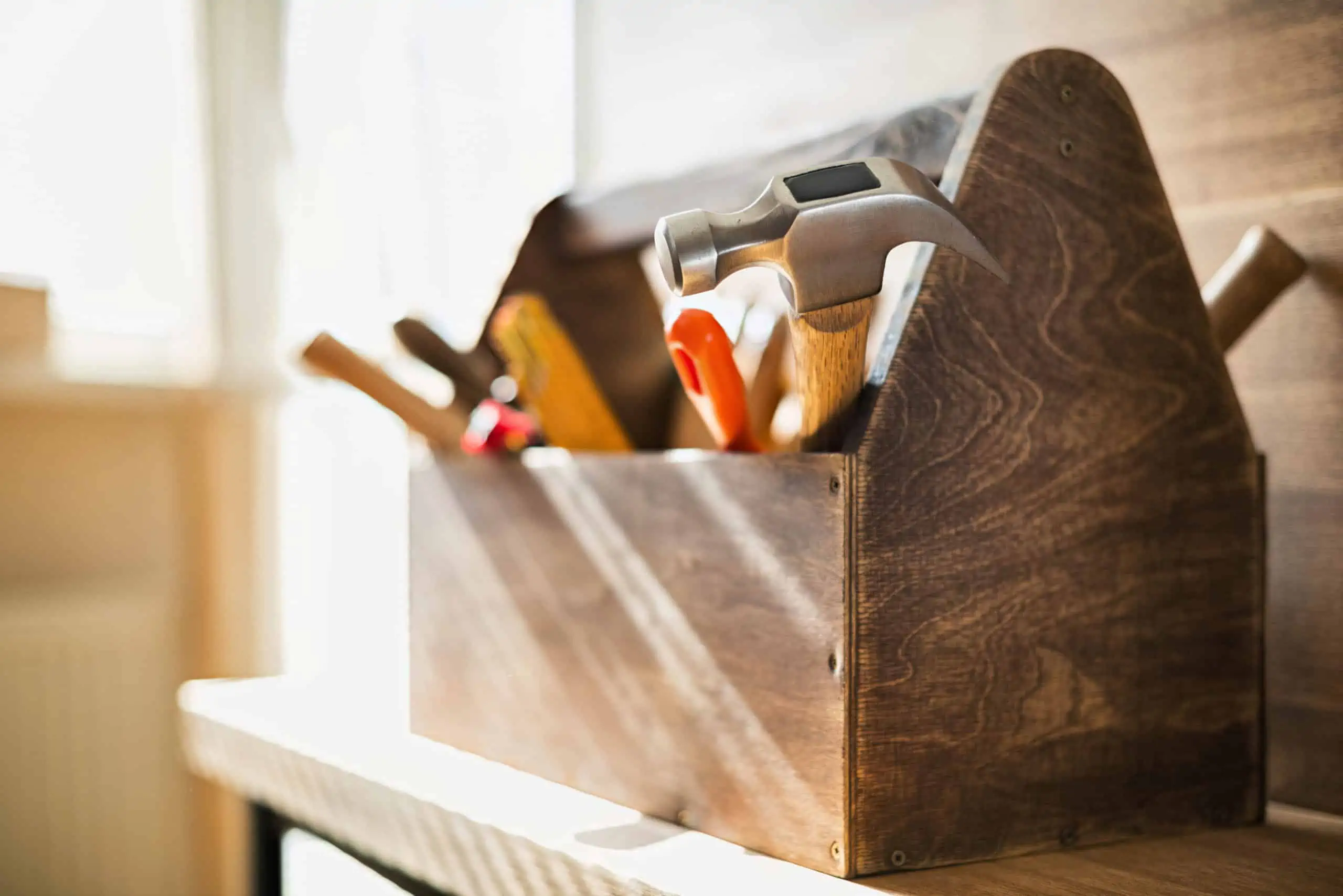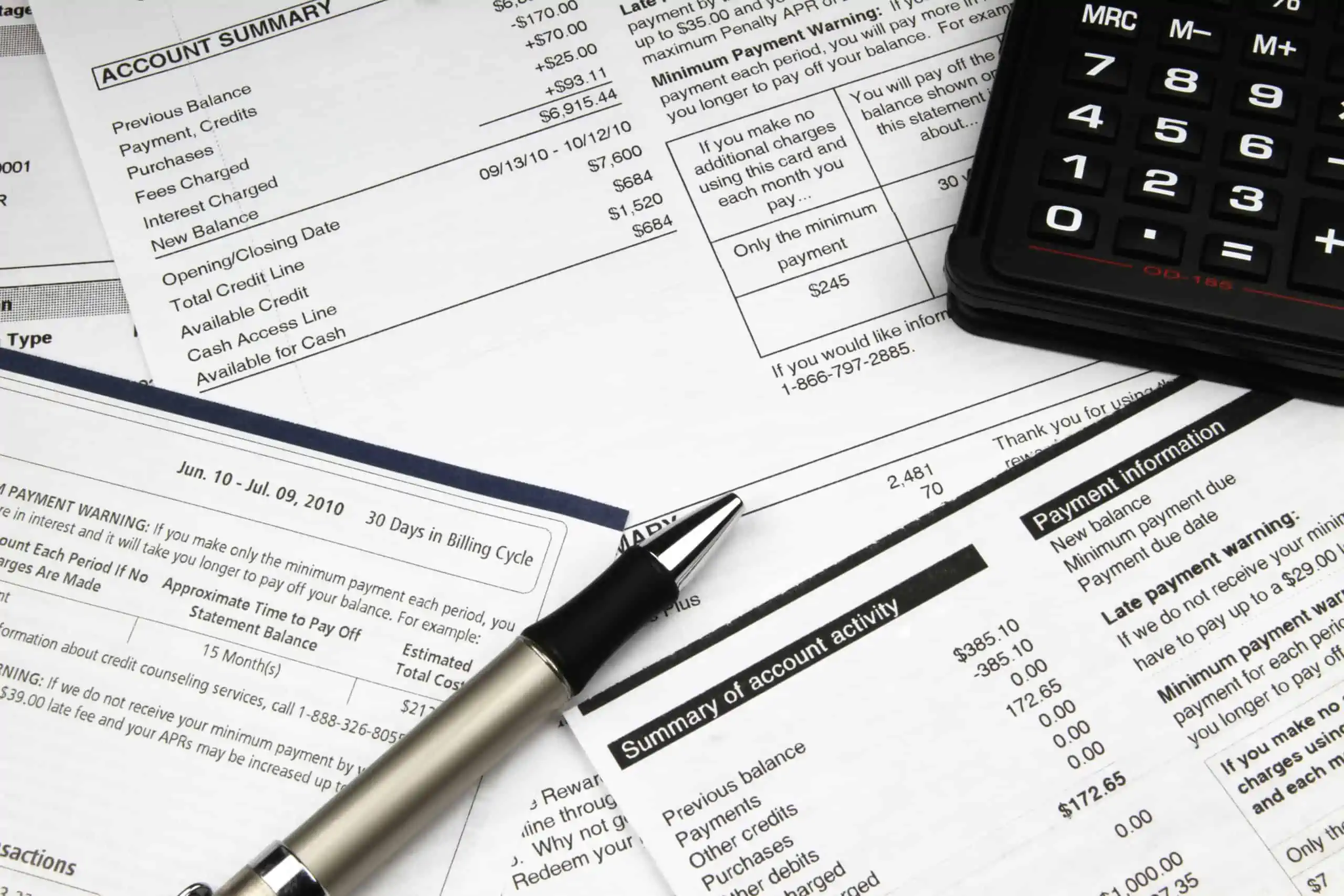Types Of Credit: It’s Not Just Those Popular Cards!
This post may have affiliate links. Please read the Disclosure Policy for complete details.
Yes, there are more types of credit than you probably think.
But before anyone can even hope to use credit properly it’s important to know exactly what it is.
Why?
The answer to that is simple: most people don’t truly understand what credit actually is and how it works.
That leads to it being among the top reasons people get into financial trouble.
More specifically, consumer debt such as credit is one of the biggest causes of bankruptcy.
In fact, credit debt (or living above one’s means) falls behind only medical expenses and job loss/reduction of income as the leading reason people file for bankruptcy.
So you can see why it’s so important to have a firm understanding of the different types of credit to stay out of financial trouble.
What Is Credit?

First, let’s start with the official monetary definition of credit as provided by Oxford:
cred·it
/ˈkredət/
- the ability of a customer to obtain goods or services before payment, based on the trust that payment will be made in the future.
I’ve got unlimited credit
- the money lent or made available under a credit arrangement.
The bank refused to extend their credit
Pay very close attention to the part that reads: payment will be made in the future!
It may be only a few words but it’s the basis of everything regarding credit and where people screw up the most.
Now let’s talk about credit in the everyday sense.
Credit Is A tool

That’s the simplest explanation!
For some people, it’s a way of managing finances by having everything charged to a credit card so they condense as much as they can into a single payment.
For others, using a credit card is a way to get discounts in the form of cashback on the things they normally spend on.
Still, others use it as a way to keep their cash working for them in the stock market or high-yielding accounts like savings or certificate of deposit like with a home mortgage.
Credit is a tool no different than a hammer, food, or your vehicle.
As with any tool, if you use it wrong it can cause you problems:
- If you use a hammer carelessly, you can smash your thumb
- If you eat poorly, you can gain unwanted weight
- If you don’t pay attention when driving, you can damage your own vehicle or someone else’s property
And if you misuse credit you may end up with a home in foreclosure or mountains of credit card debt.
What Is Credit Not?
The first thing people fail to understand is that credit isn’t “free money”.
That means all types of credit are required to be paid off!
When you get a credit card, you aren’t being given the credit line to do with as you please with no expectation of repayment or penalty for failure to repay.
The credit card statements state that repayment is necessary and if you don’t pay it all back or pay it late then you are charged interest and late fees.
The same holds true for all other types of credit of which the more common forms include:
- personal lines of credit
- mortgages
- car loans
- Home Equity Line of Credit (HELOC)
- store charge cards
- borrowing money from a friend.
The intent is that when you borrow money, no matter the form, purpose, or length of time you are indeed borrowing it.
And speaking of the different types of credit available to you, let’s examine them so you have a firm grasp on the subject.
The Many Types Of Credit
“Credit” is a wide-ranging topic.
Now that you can answer the question “what is credit?”, you’re ready to explore it further.
That means going through all of the different types of credit.
When people think of the types of credit, however, most jump right to credit cards.
Credit, however, comes in many forms, with many characteristics, and from many sources.
Each type of credit comes with different payment structures, acquisition requirements, and usage rules.
There’s only one thing each type of credit has universally in common with the others:
No matter what form it comes in, credit is a loan requiring repayment.
It may sound like a complicated and confusing issue but fear not, as you read on you will gain a much better understanding of all that stuff.
The journey begins with:
Open-End Credit

Also known as revolving credit, this type of credit features a fixed credit limit with free access to the available credit with payments varying based on the outstanding amount borrowed.
You can think of revolving debt as a revolving door: as the door revolves, people can both enter and exit at the same time.
This is exactly how revolving credit works.
As the billing cycle moves along (revolves), you can use up portions of the available credit and at the same time repay the amounts used.
Generally, this is done once time after the statement cycle ends, but payments can also be made during the cycle without waiting.
This is a perpetual cycle of borrowing and repayments, with no set end until one of the parties makes the choice to close the account.
Examples of revolving credit
- Credit Cards
- Charge Cards*
- Home Equity Lines Of Credit (HELOC)
*Charge cards are becoming more like credit cards these days. American Express, for instance, allows certain purchases to be paid off over time, and most retail charge cards do allow for revolving balances.
Closed-End Credit

Also known as installment credit, or installment accounts, these types of accounts feature a singular loan amount requiring fixed repayment amounts.
Keeping in line with the example above, you can think of this type of credit as a hinged door: generally, there is a directional flow of traffic.
Looking at non-revolving credit in this way, you borrow a fixed amount and that is all, and as time passes, all of the transactions flow one way: back into the account to pay for the amounts loaned to you in the original transaction.
There is no access to additional credit, and once the account is paid off, it is closed.
Examples of installment credit
- Mortgages
- Auto Loans
- Student Loans
- Appliance Financing
Open Credit

The types of accounts that fall into this category are generally required to be paid in full at the end of the billing cycle.
These are generally associated with utility bills.
They don’t have pay-over-time options like revolving credit lines or charge interest for unpaid balances.
Instead, these types of accounts charge late payment penalties, and will simply turn off service if the account is delinquent for an extended period of time.
Examples of open credit
- Cellular Telephone
- Electric
- Gas
- Cable television & Internet
This type of credit also tends to require a deposit to open the account–and that deposit may end up in your state’s unclaimed property unit if you don’t close it out properly.
Secured Credit Vs. Unsecured Credit
Now that you know what the different types of credit are, there’s another layer to this puzzle that you need to be aware of.
While it’s not overly complicated, it is important to understand these two distinctions about the types of credit.
It’s basically understanding what types of credit require you to put up something of value in order to get access to credit vs types of credit that are freely given to you.
Any of you who have gotten into financial trouble in the past should be paying particularly close attention, as you will need to understand what types of credit qualify as secured credit and what is unsecured credit.
Secured Credit
Any time you have to put up something tangible as collateral in exchange for a line of credit, that is considered to be a secured line of credit.
They are pretty much all of the credit options you can get through financial institutions such as a bank or credit union.
If you should fail to hold up your end of the deal, the lender will be able to take possession of the collateral you used in order to satisfy the debt arrangement.
Secured credit arrangements are viewed as safer for the lender, as they have the benefit of knowing that the asset will transfer ownership upon default, which minimizes the lender’s loss.
It’s also safer because most people will work harder to keep current on credit arrangements under which they stand to physically lose something.
This perceived safety can lead to lower interest rates for the borrower.
Examples of secured credit
- Mortgages
- Home Equity Line of Credit (HELOC)
- Auto loans
- Secured credit cards
- Some personal loans**
- Some utilities**
Unsecured Credit
Conversely, any credit arrangement that does not require the posting of collateral is called unsecured debt.
Think of it this way: if you don’t have to offer anything in exchange for the credit it’s unsecured.
This type of arrangement is based on common factors like the borrower’s credit history and financial standing.
Because there is no collateral, this type of credit generally comes with higher interest rates.
And, because there is nothing securing the credit, borrowers who are in default risk their accounts being sold off to debt collectors and subsequently the potential to be sued.
Examples of unsecured credit
- Credit cards
- Charge cards
- Student loans
- Some utilities**
- Some personal loans**
**Utilities and personal loans can fall into either category. If a review of the individual’s credit history signals higher-than-normal risk, a deposit is usually required designating that account a secured line of credit. Otherwise, no backing is needed, leaving the account an unsecured line of credit.
Debt & Mental Health
One of the biggest drivers of mental health issues is money–specifically credit & debt.
It’s also noted that debt/money is one of the leading factors of divorce which also takes a toll on mental health.
A few years ago, my friend Melanie noticed that the top search term on her site, Dear Debt, was “I want to kill myself because of debt”.
The reason I’m so adamant about explaining credit in such a detailed, specific manner is due to these findings.
If you find yourself worrying about your (mis)use of credit please check out her post on suicide prevention where she shares resources as well as stories from other bloggers on the subject.
Wrapping Up
Just to reiterate the most important point:
Credit is not free money!
Once you get that fact drilled into your head, your relationship with credit should be a lot easier to manage.
This should also give you a pretty solid basis for understanding the different types of credit that are available to you.
Like any tool (and credit is just that–a tool), however, you need to know more than the basics to use it properly.
Keep learning and educating on all things credit to keep yourself financially healthy!
Your Turn
When you first started out using credit were you aware of all the types of credit? If you are new to credit, does knowing this make you feel more confident or less moving forward?

